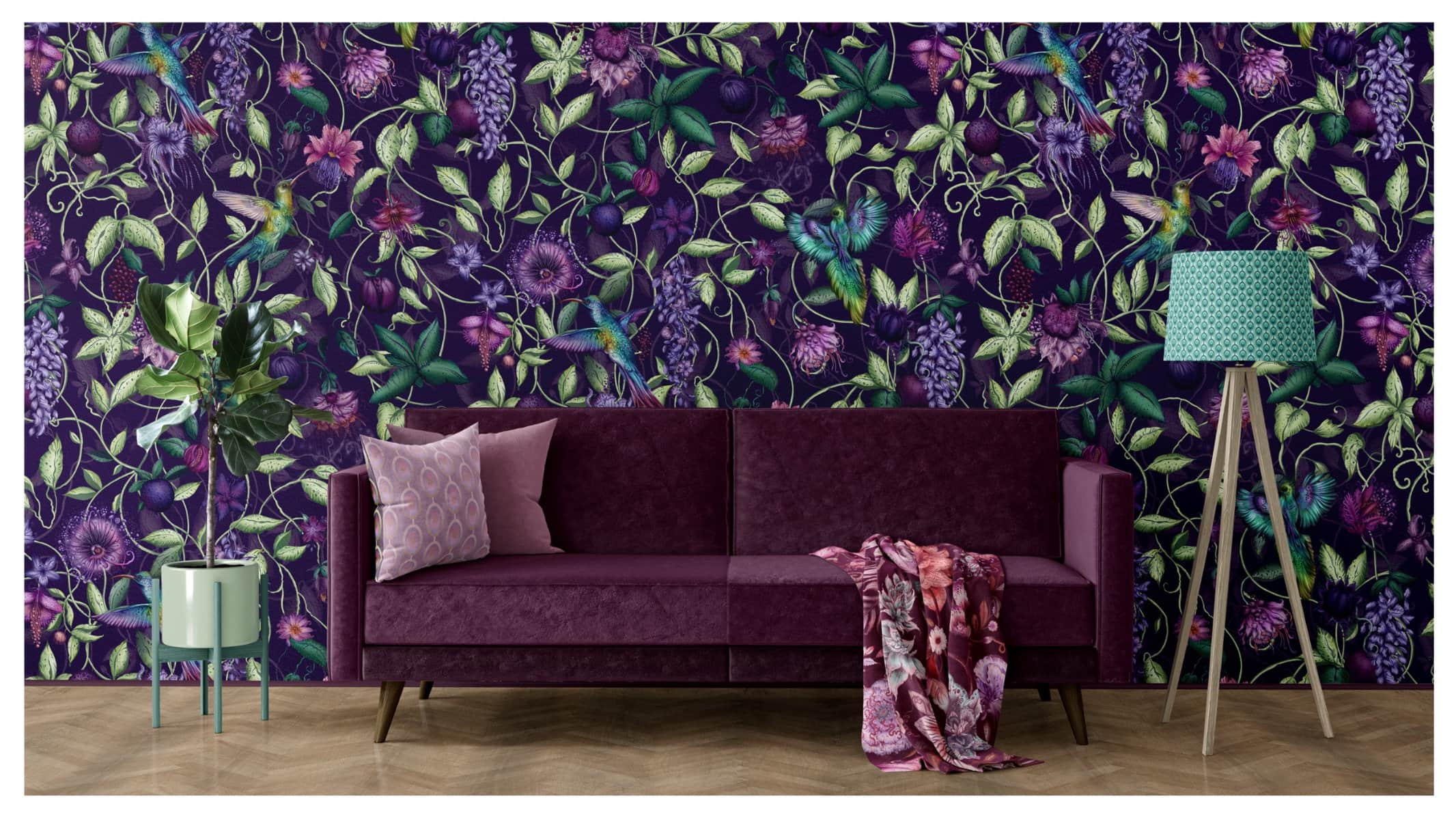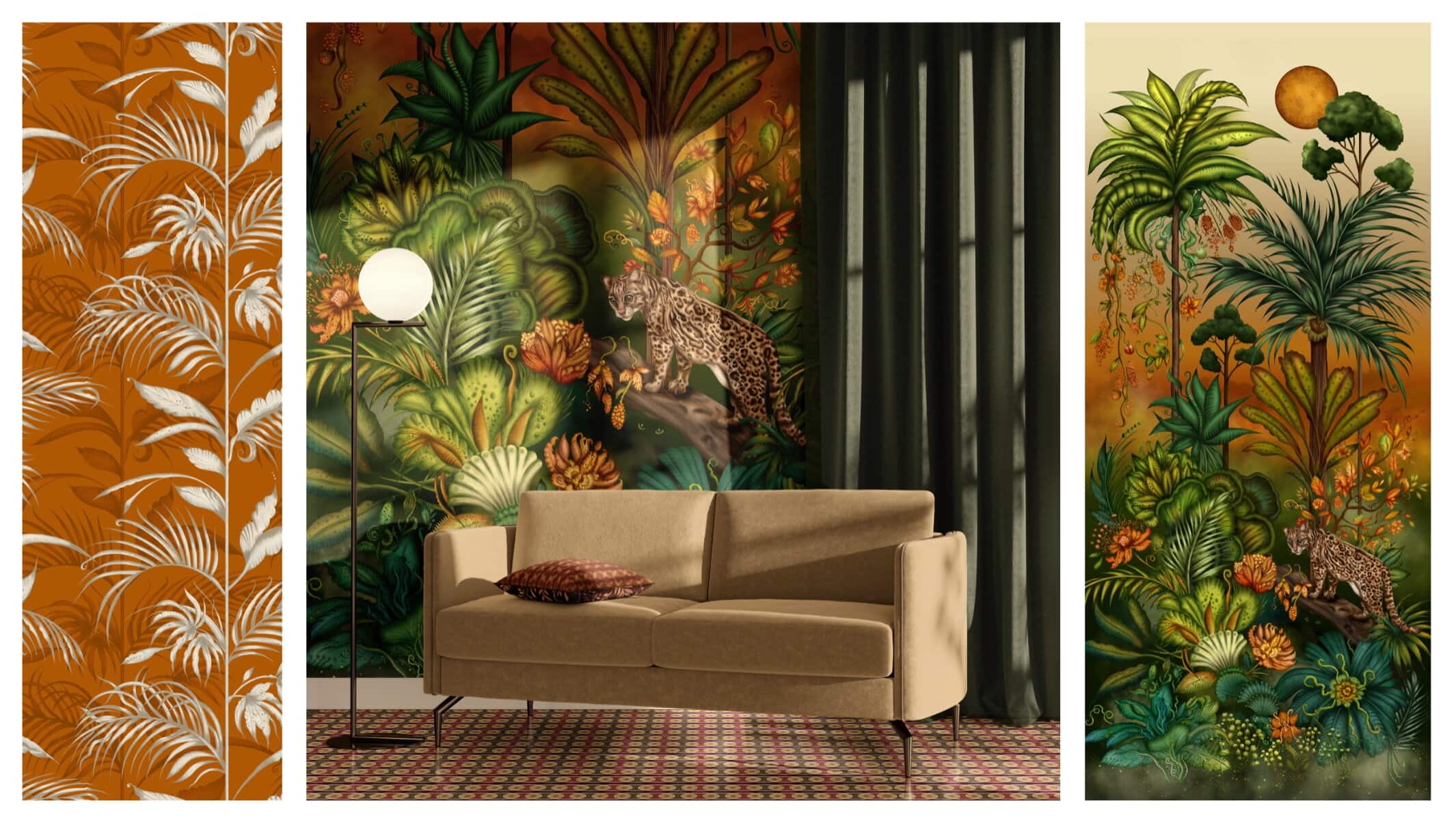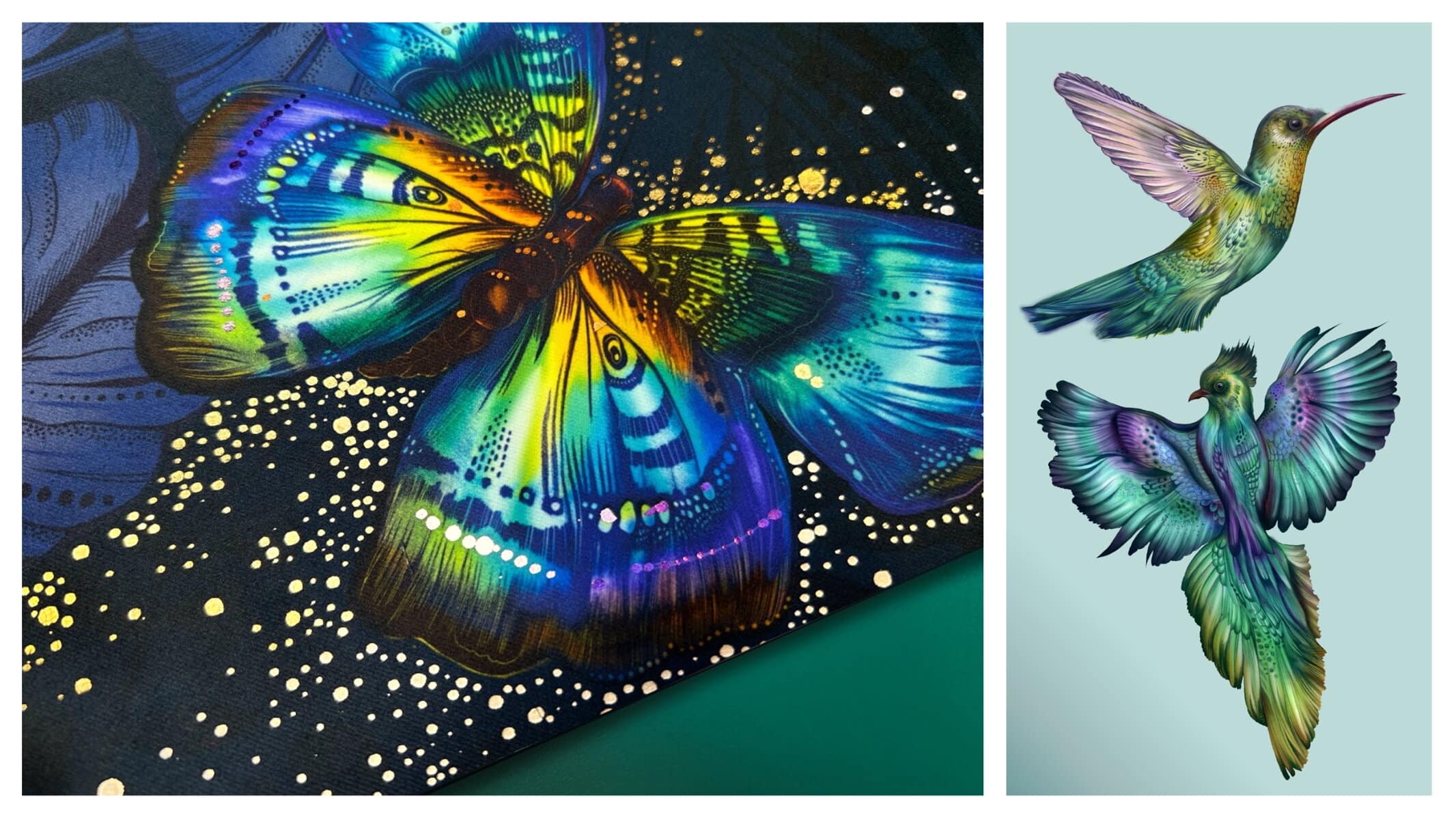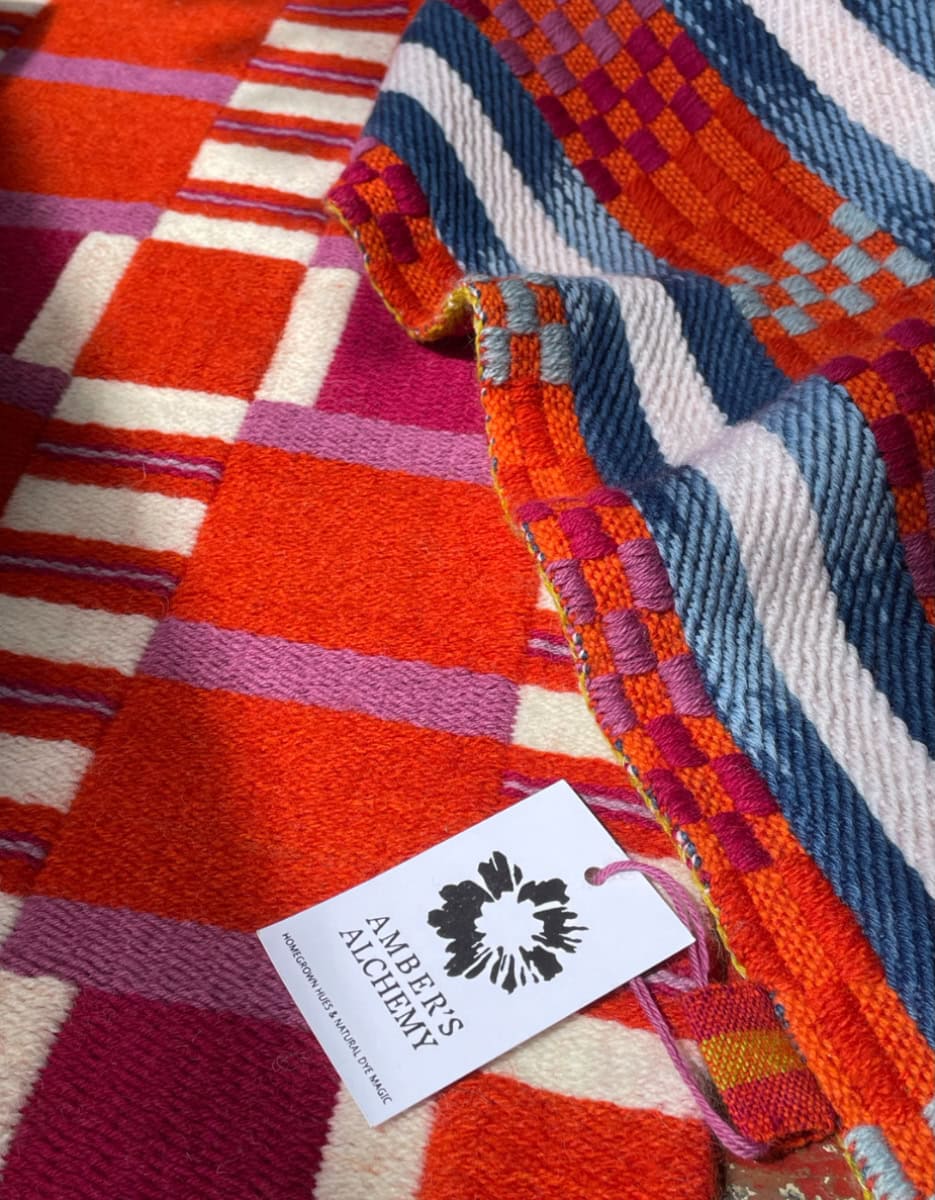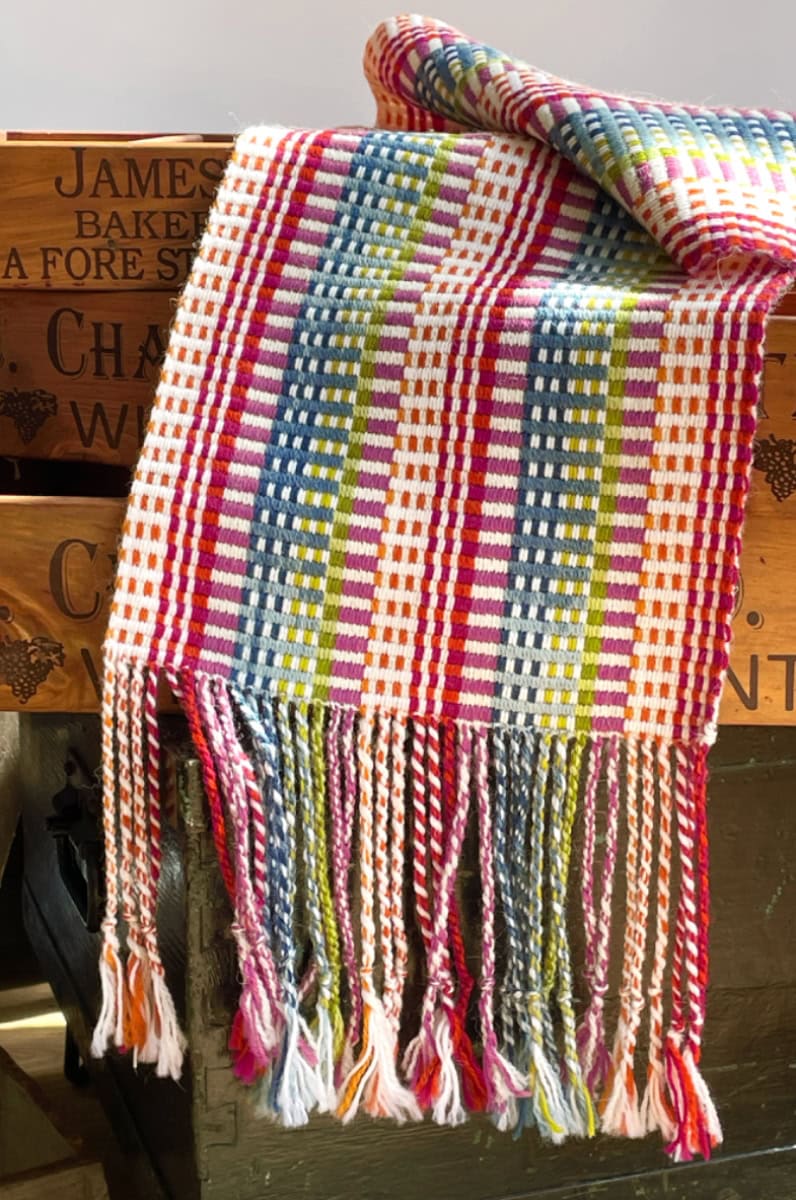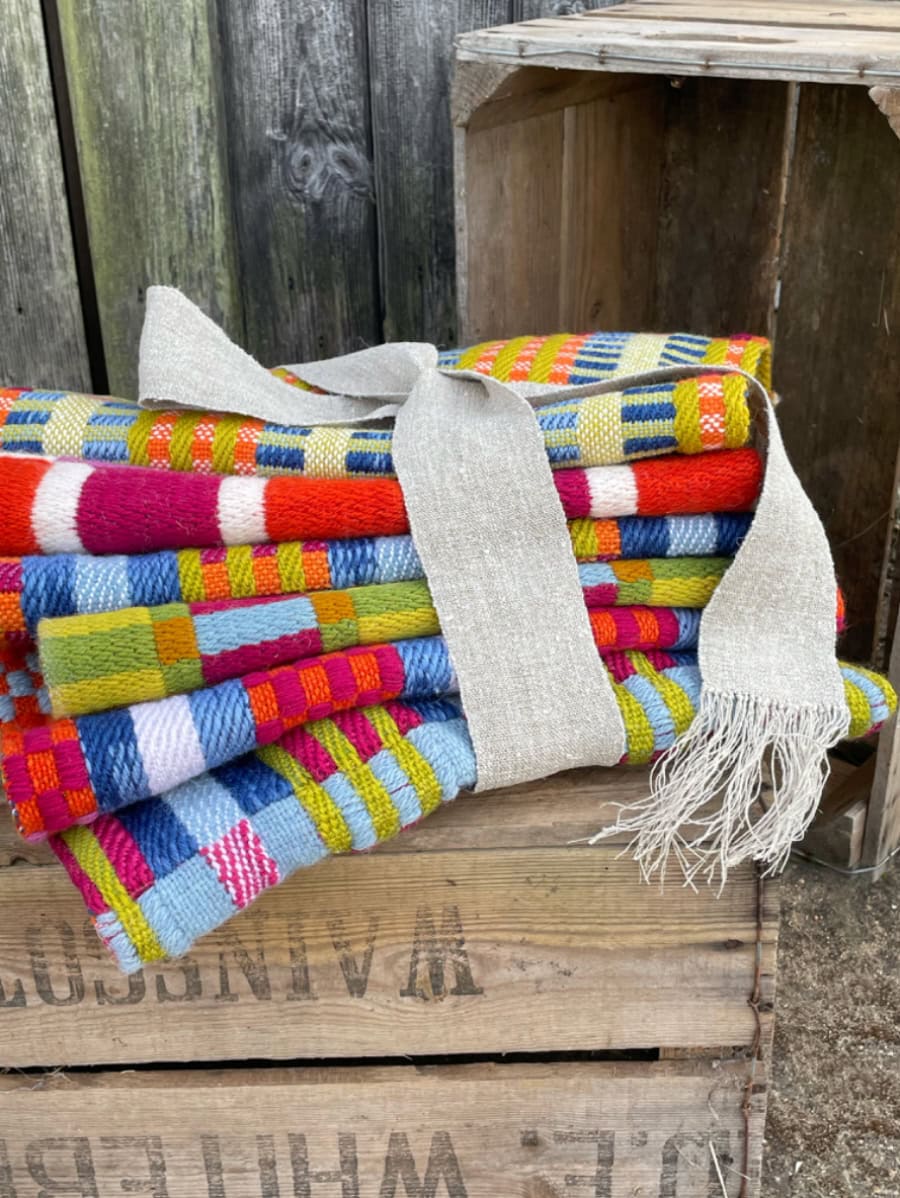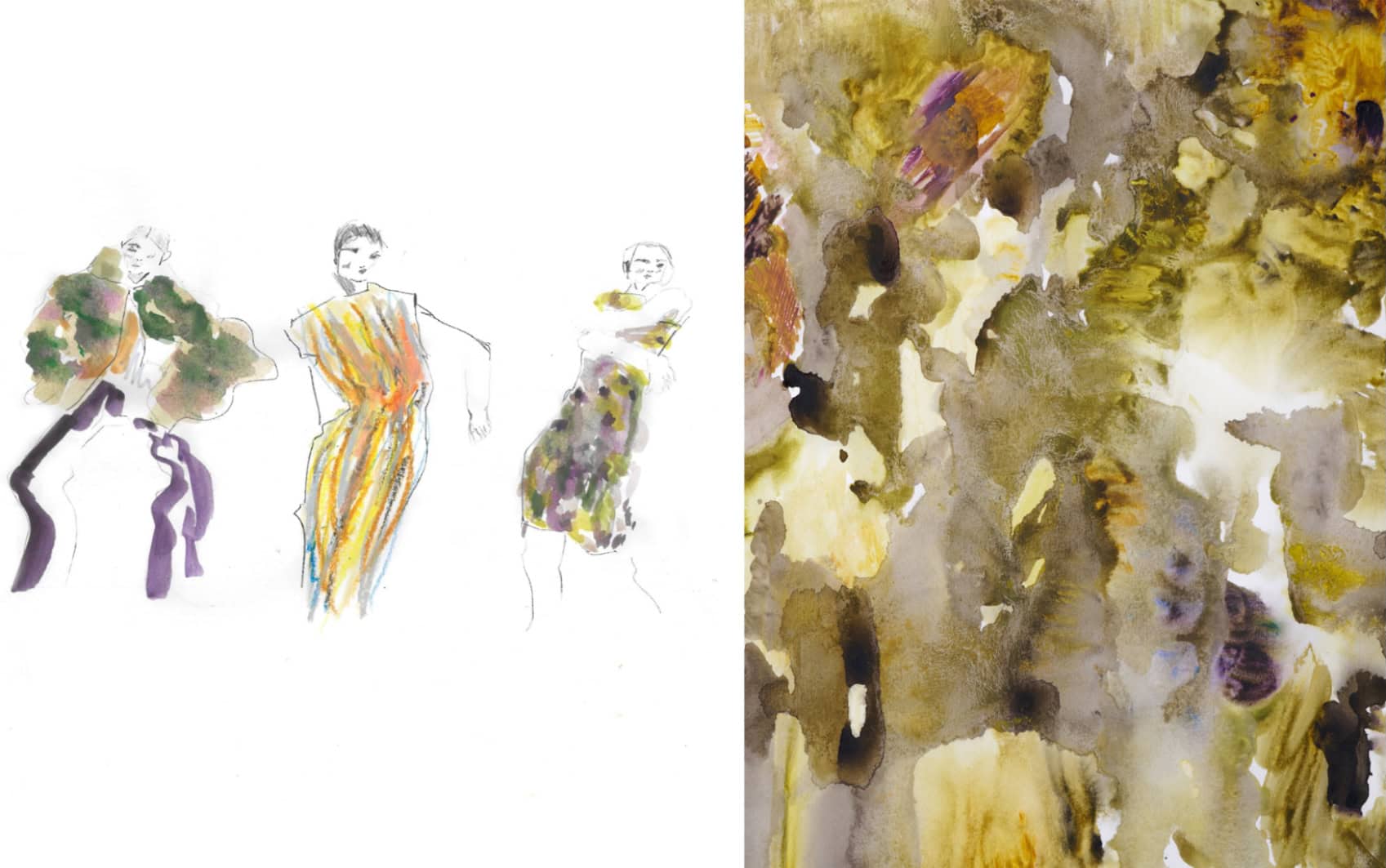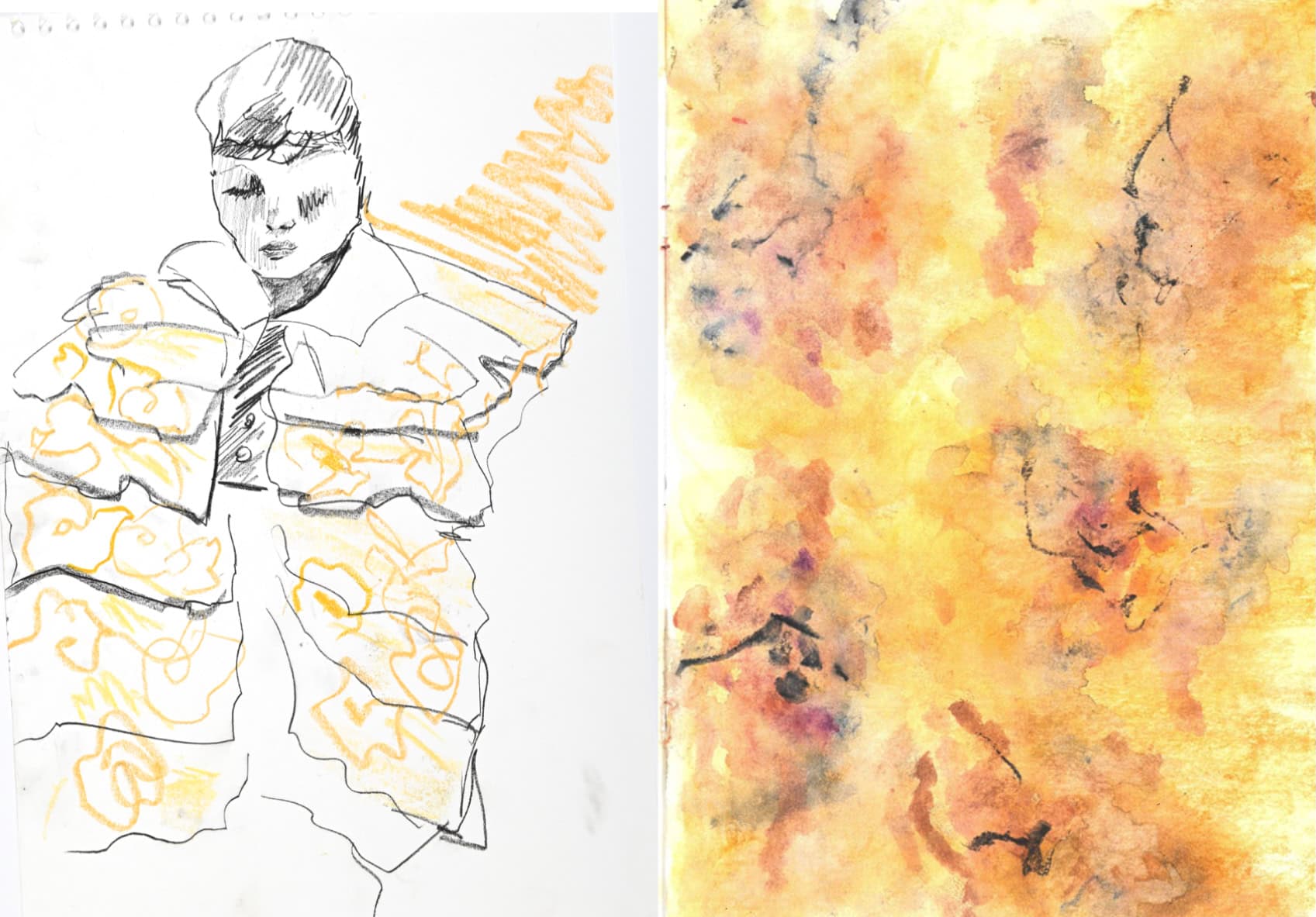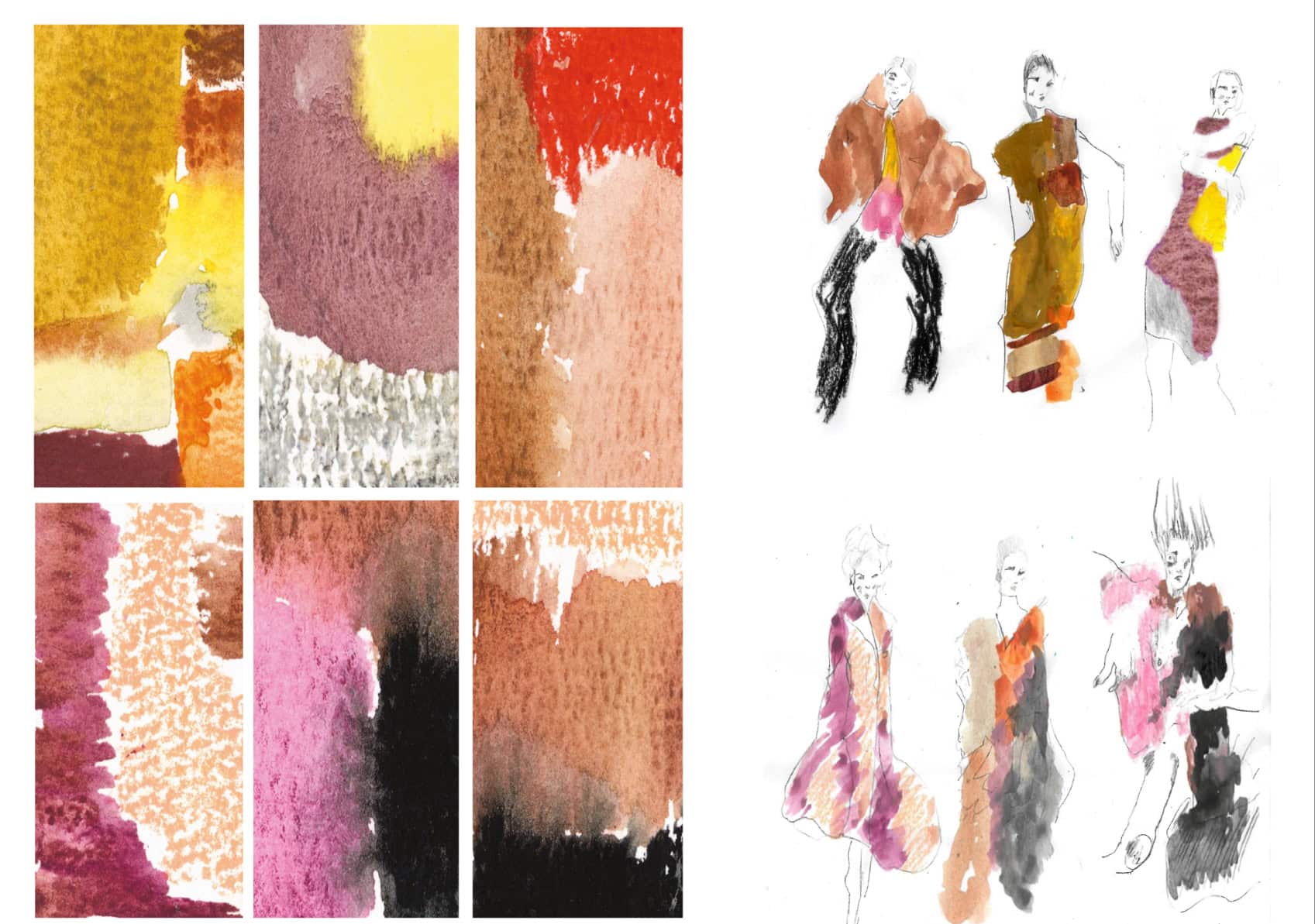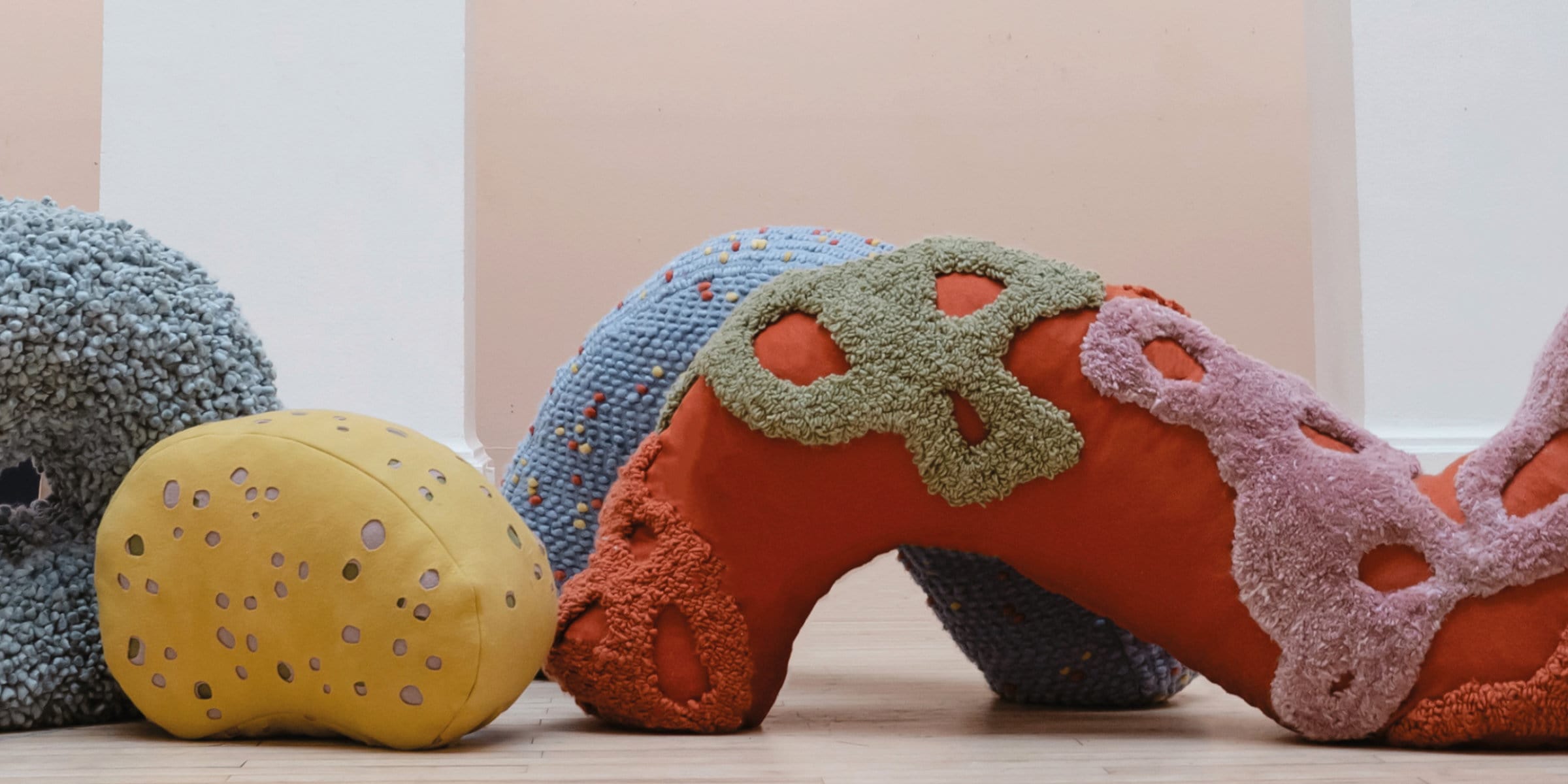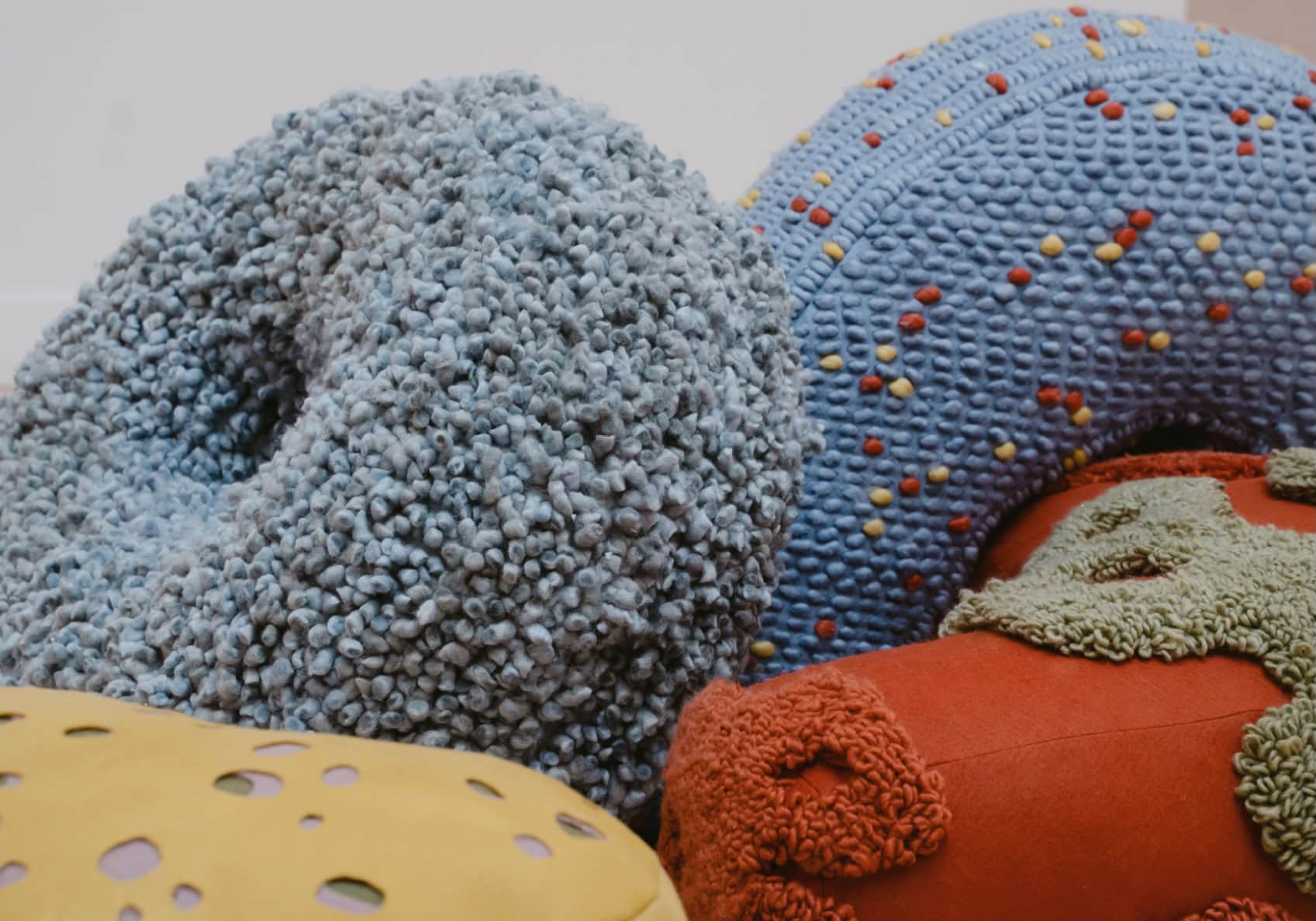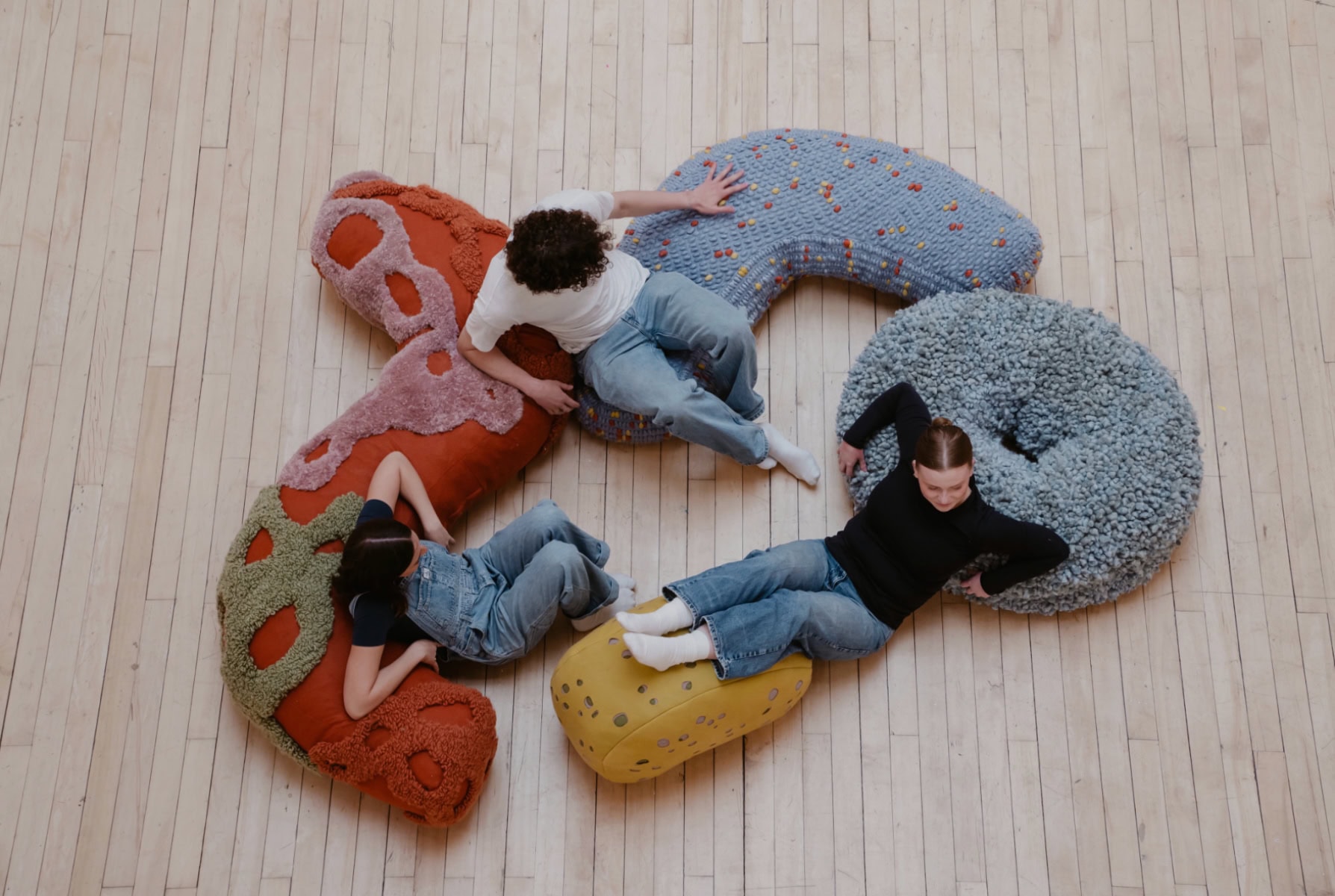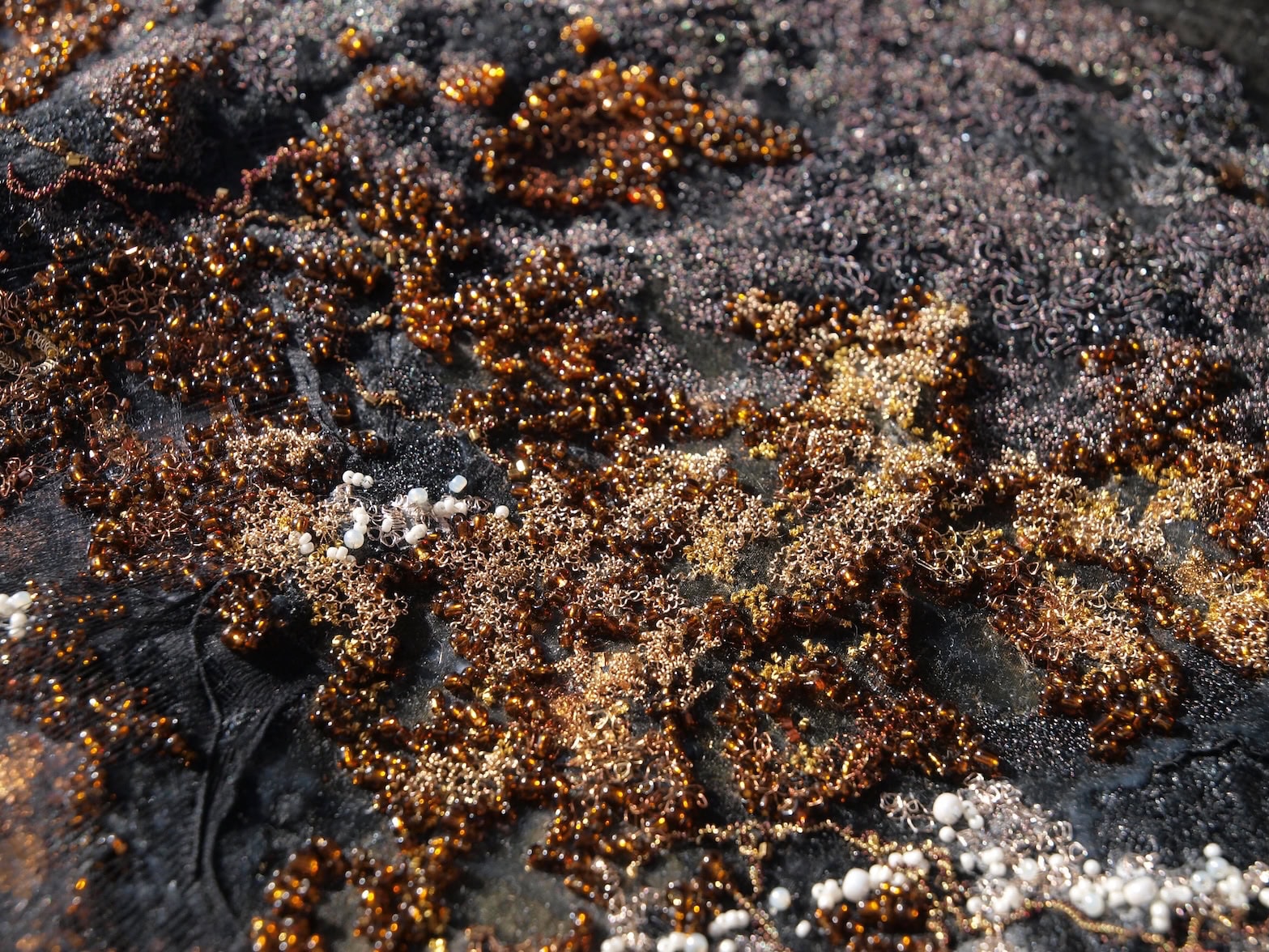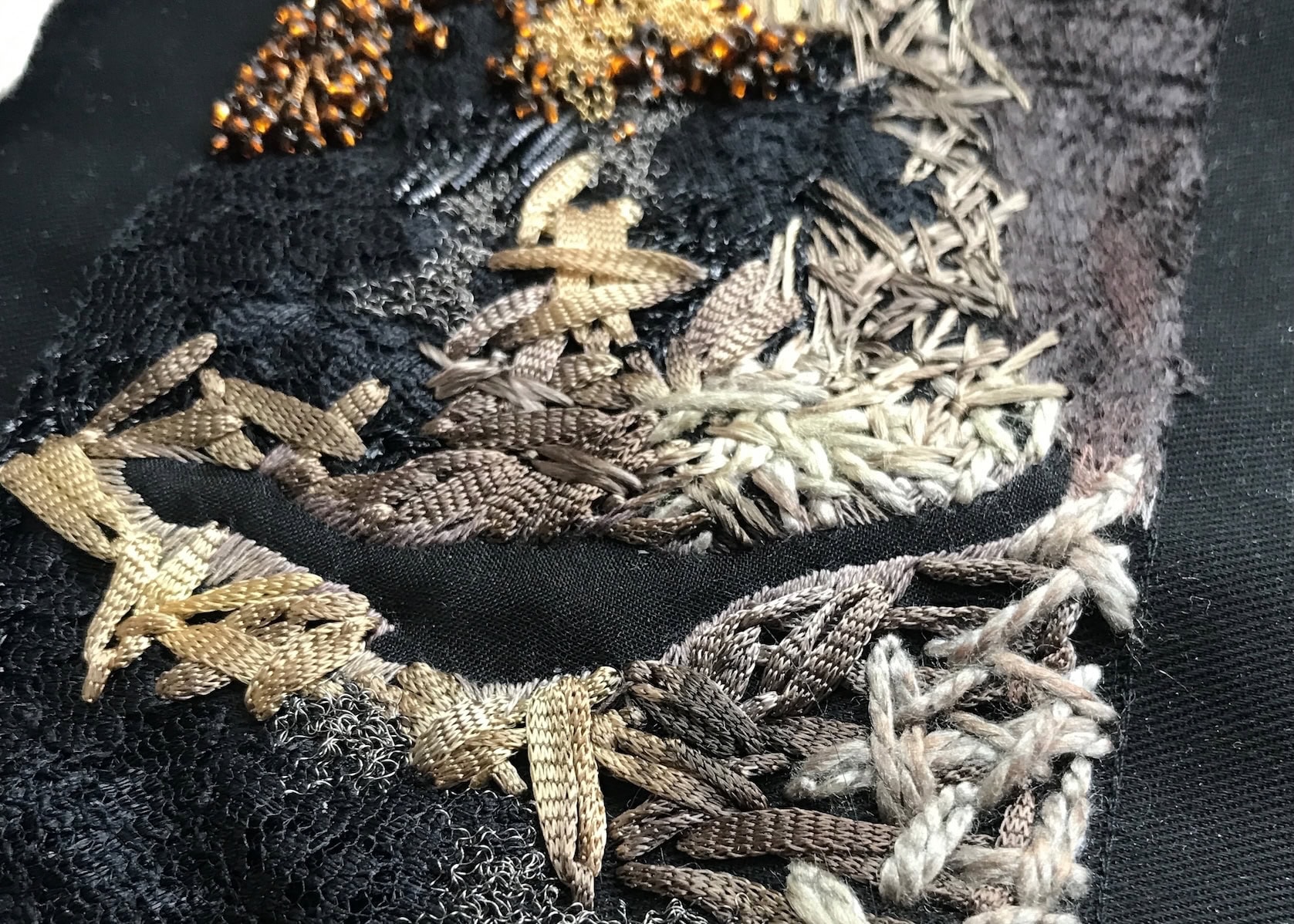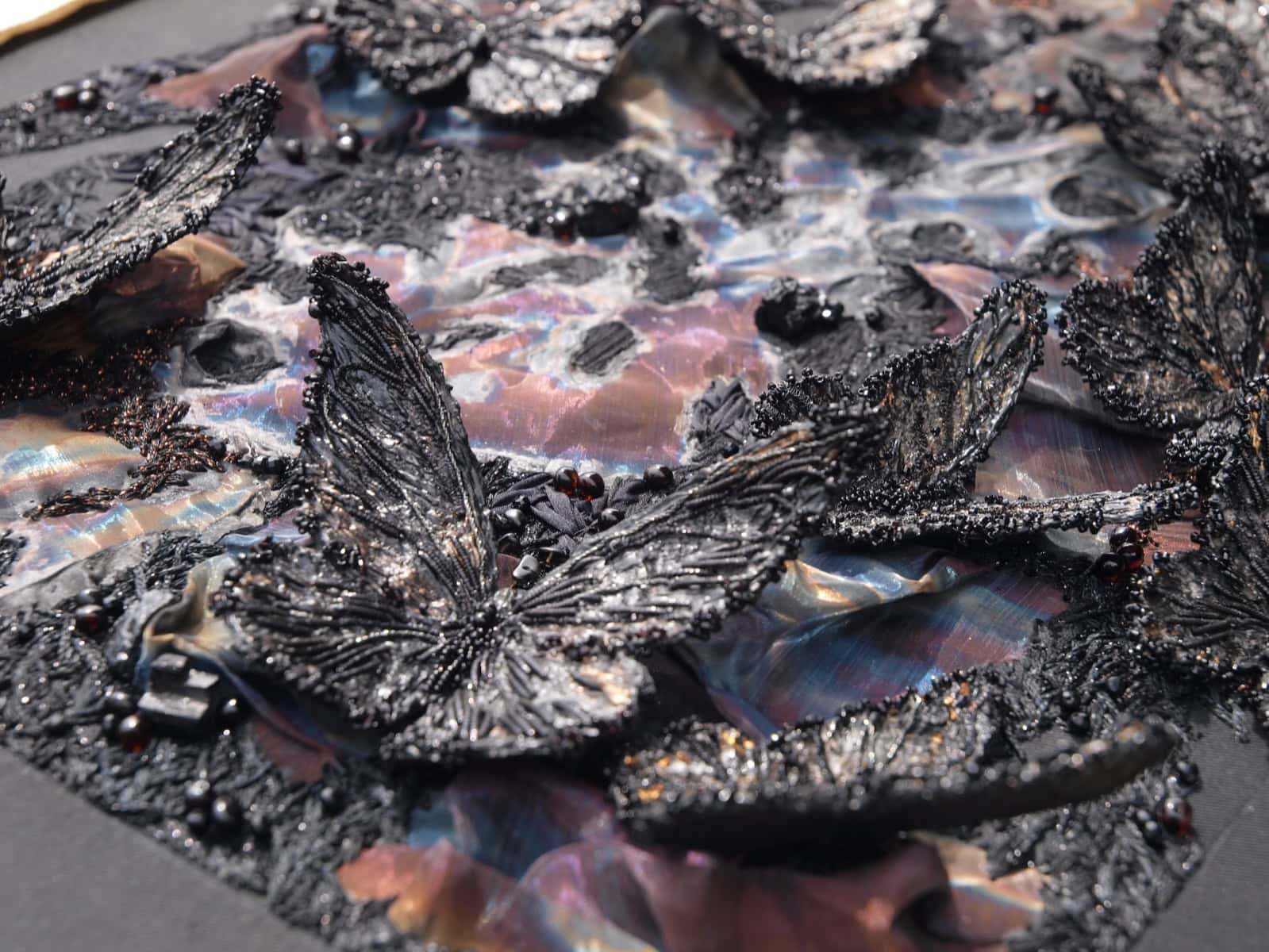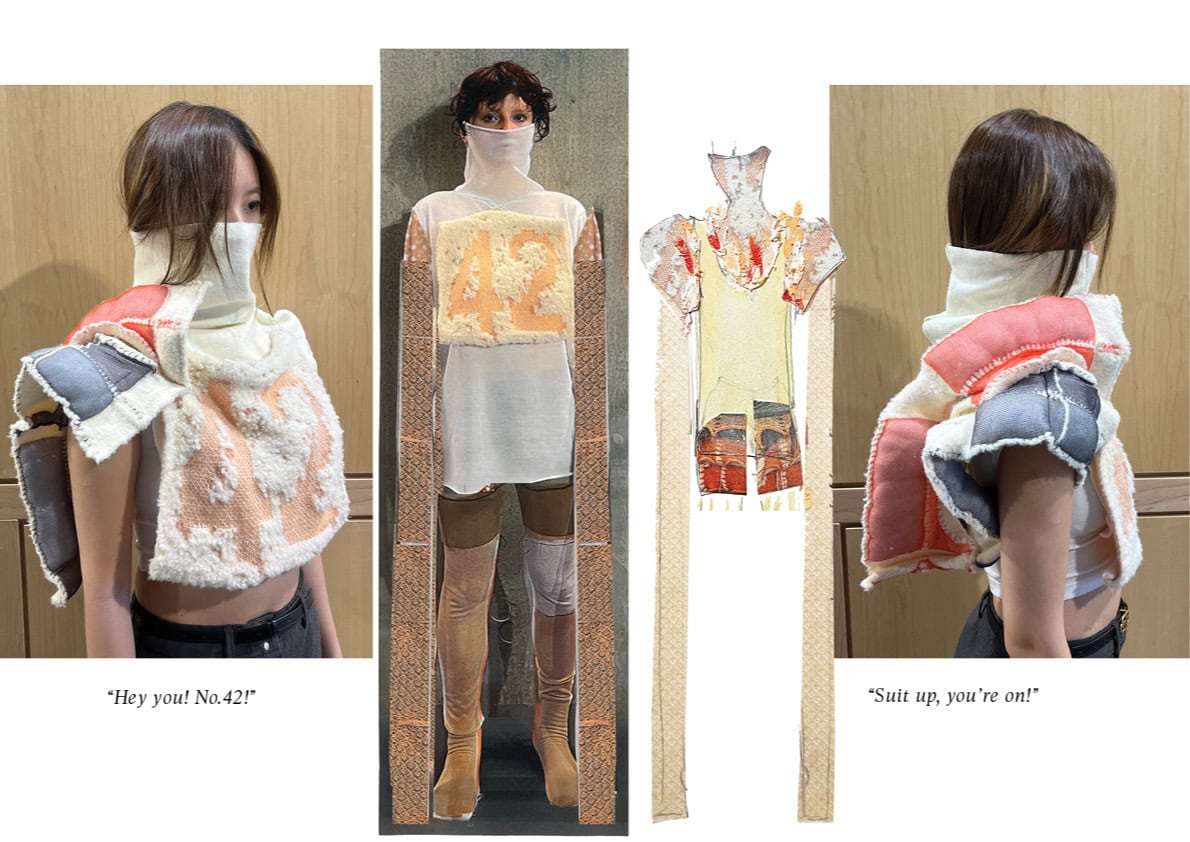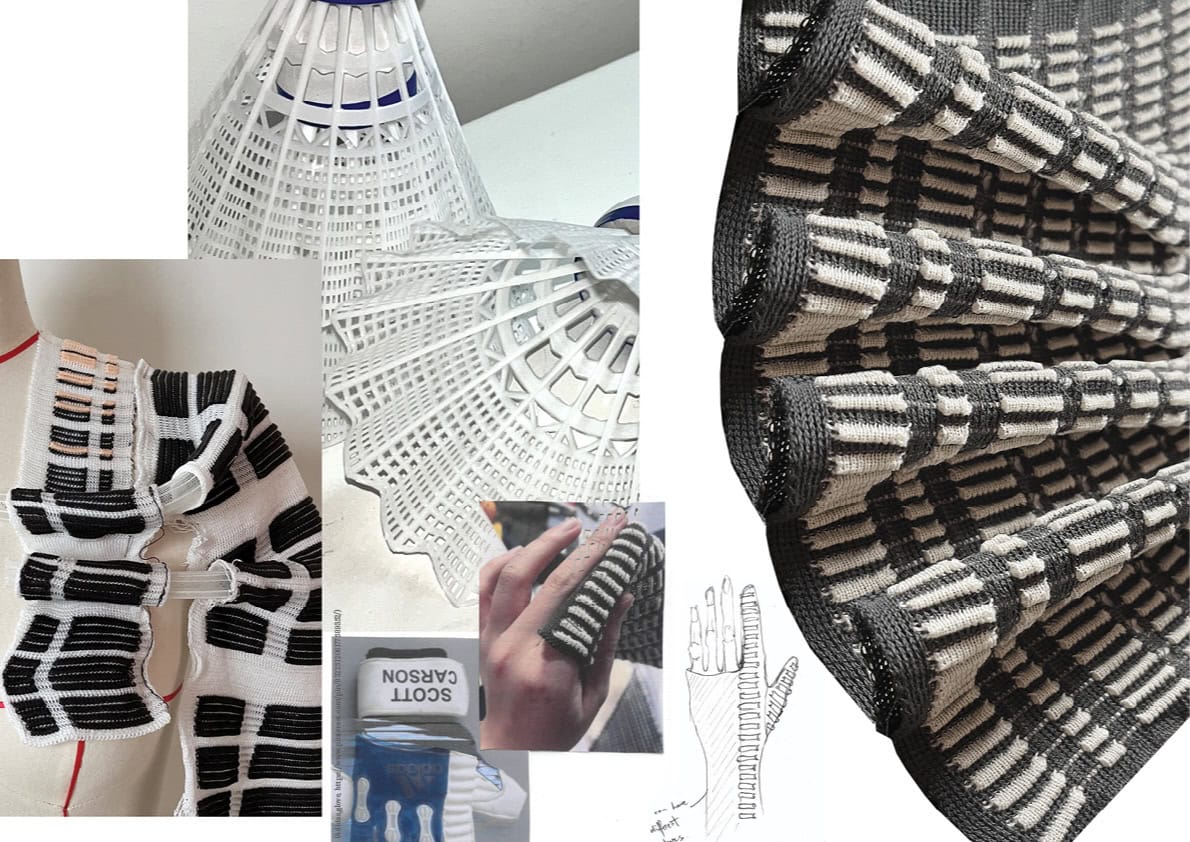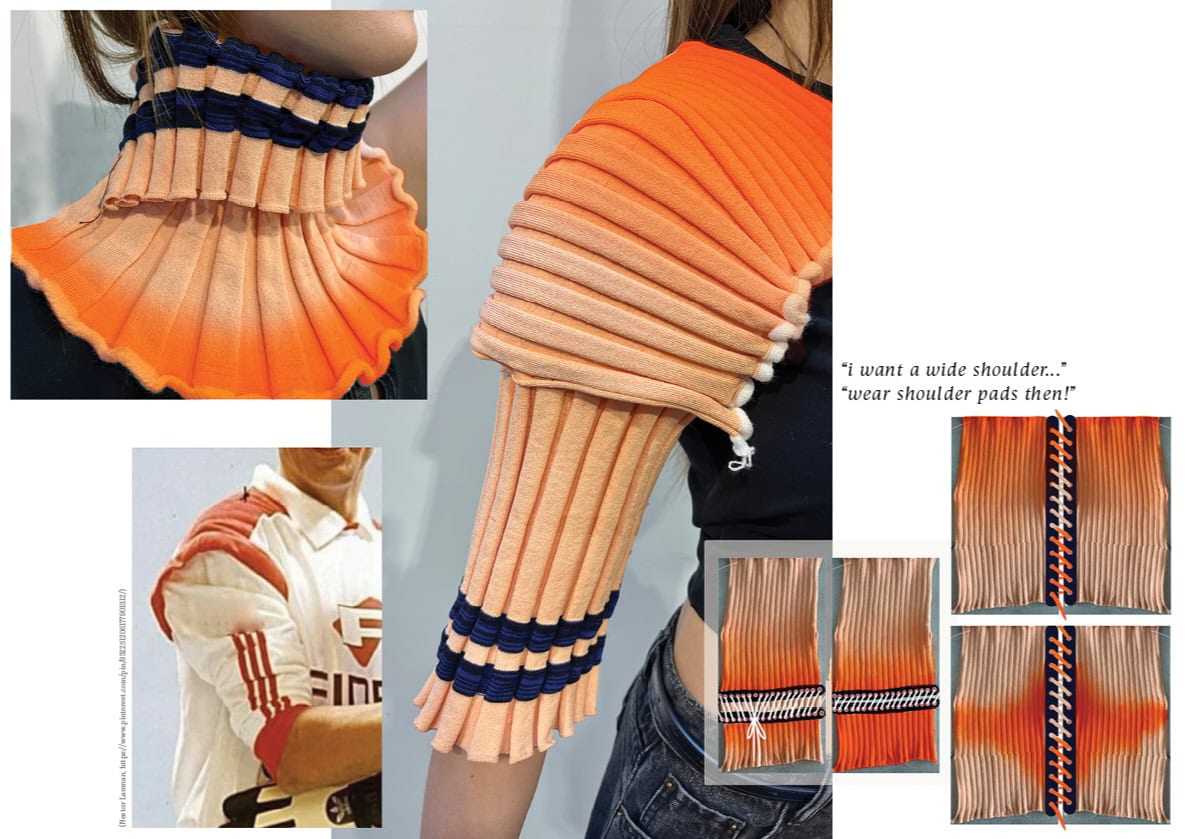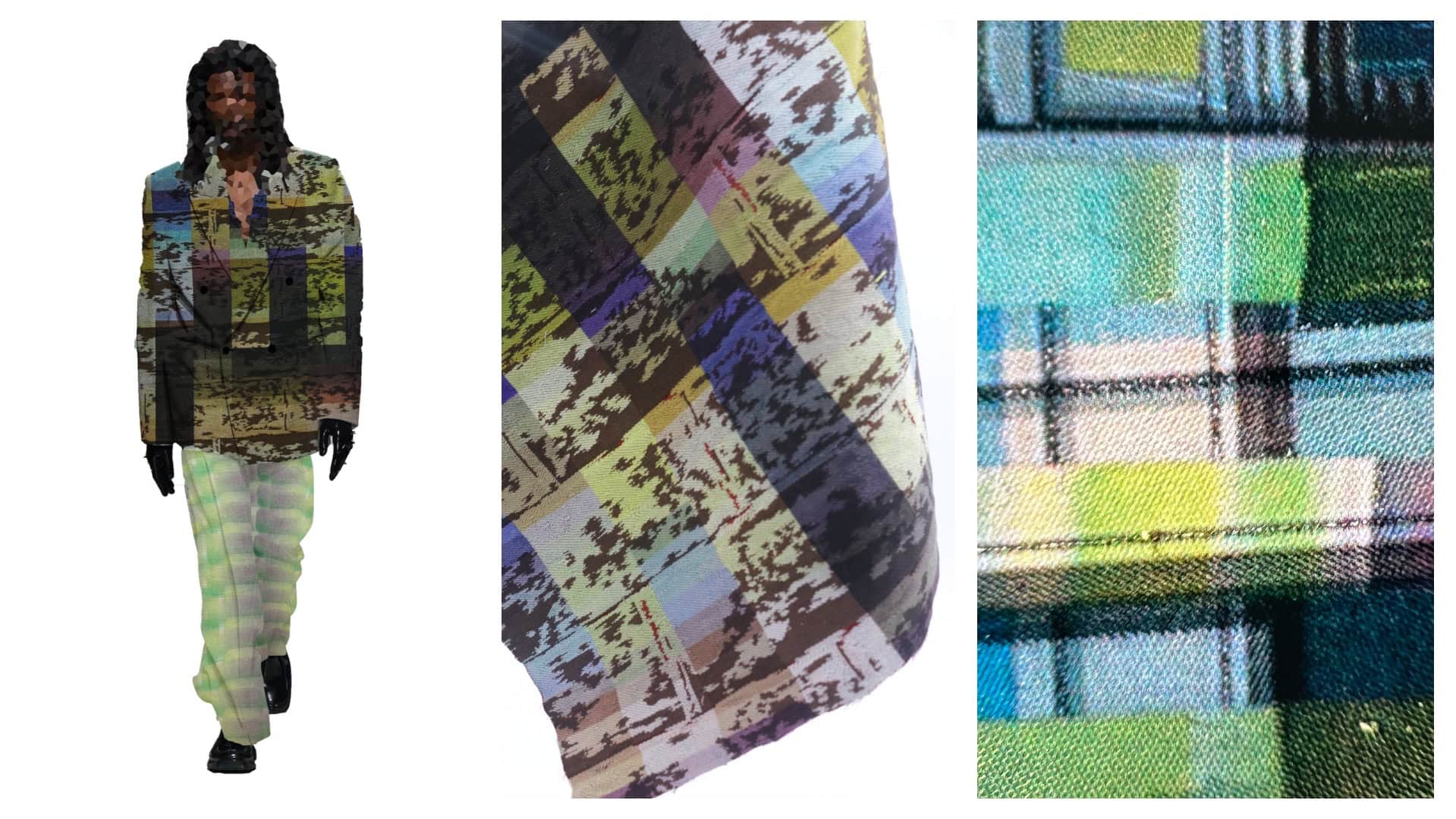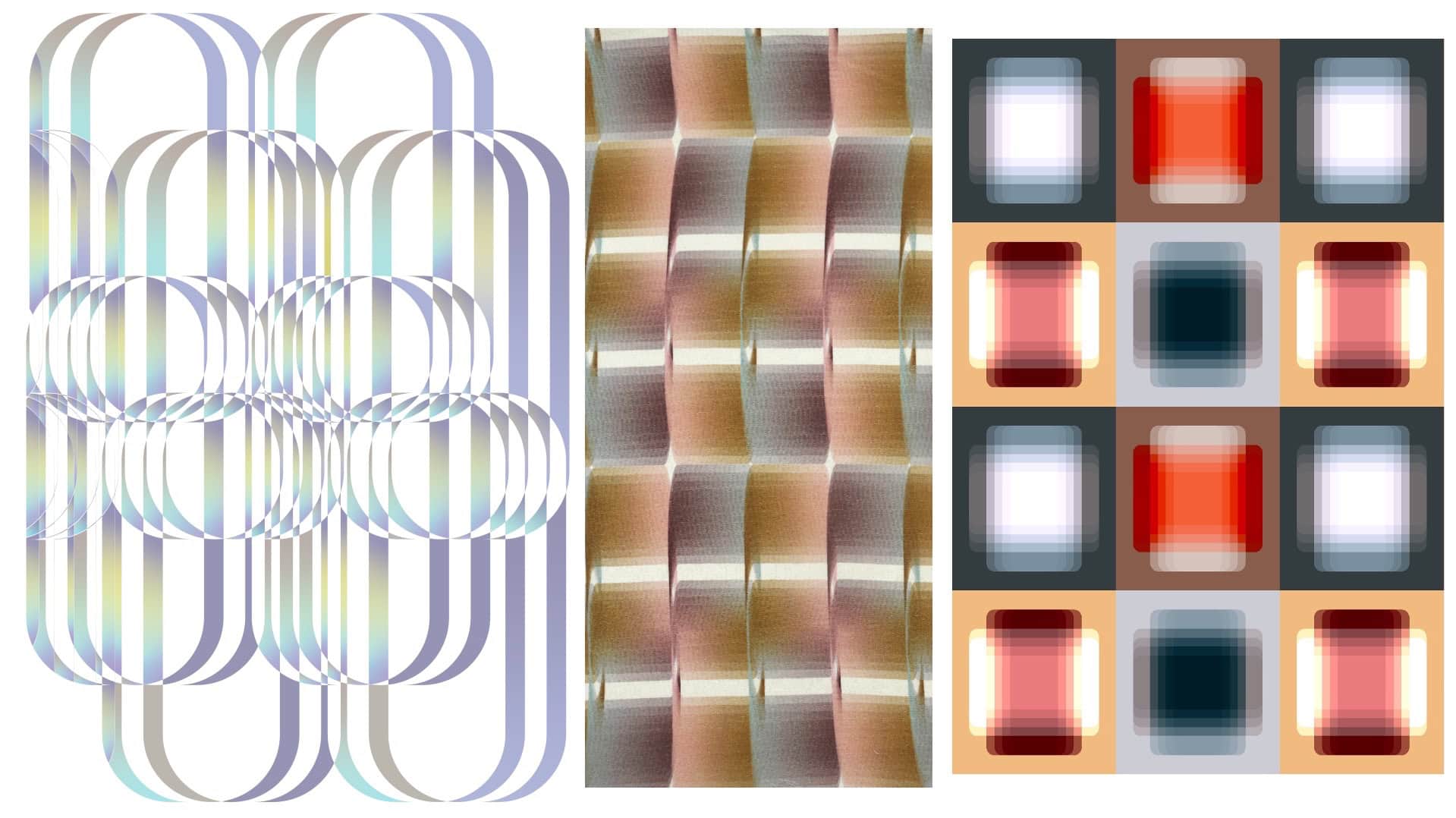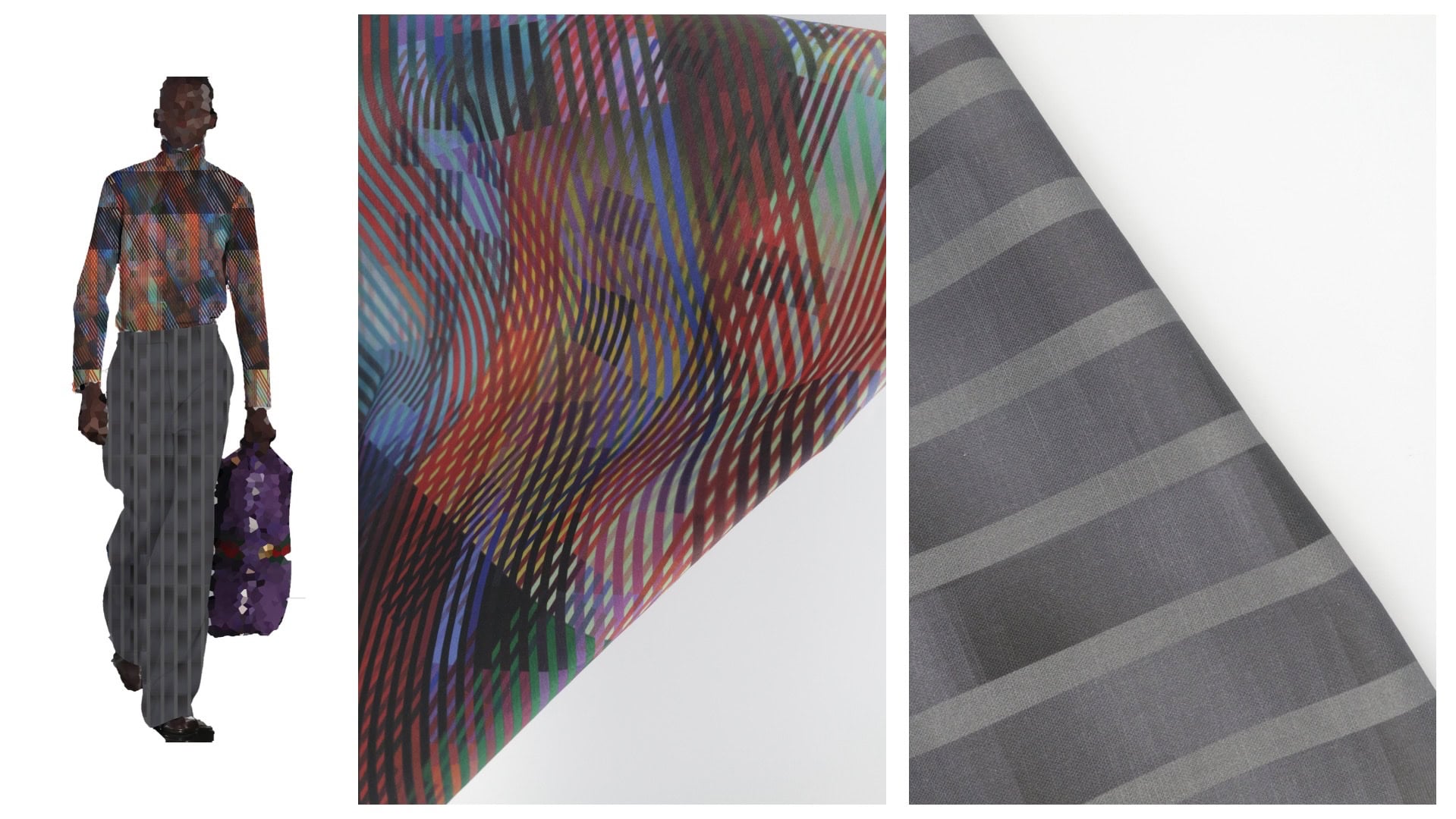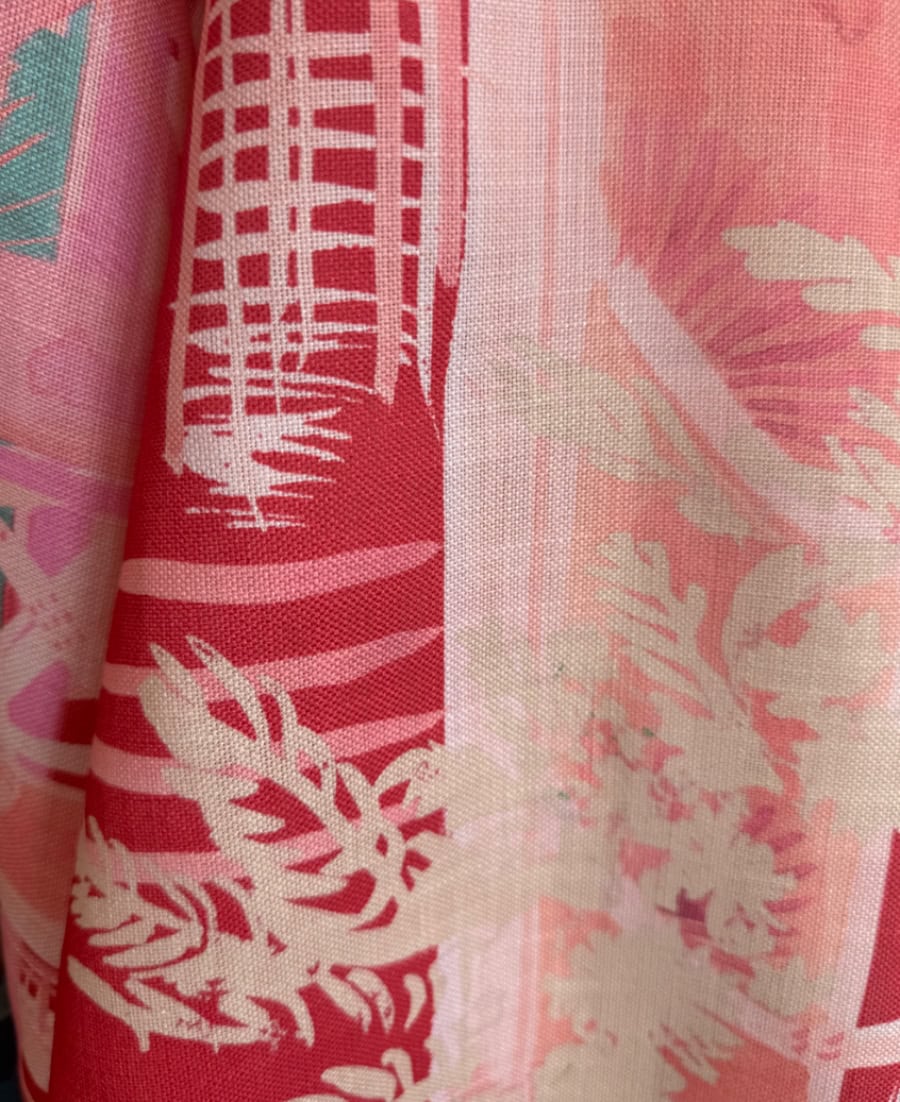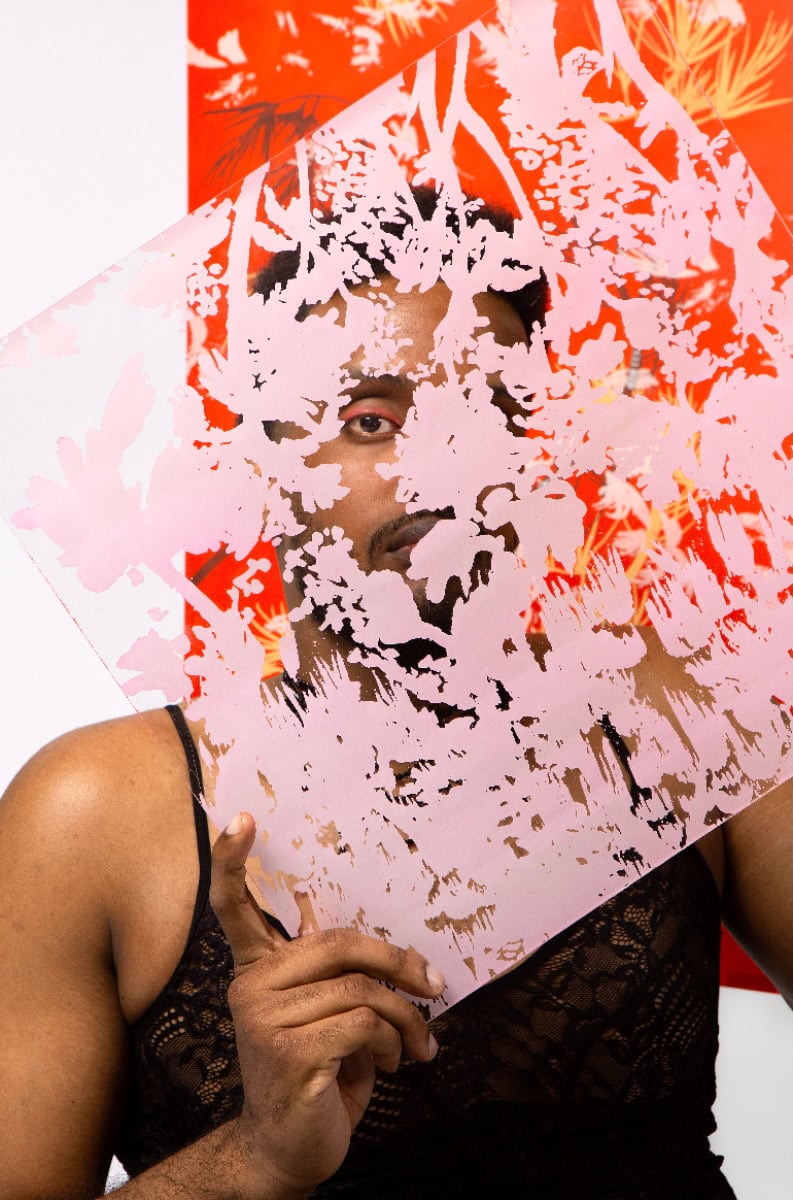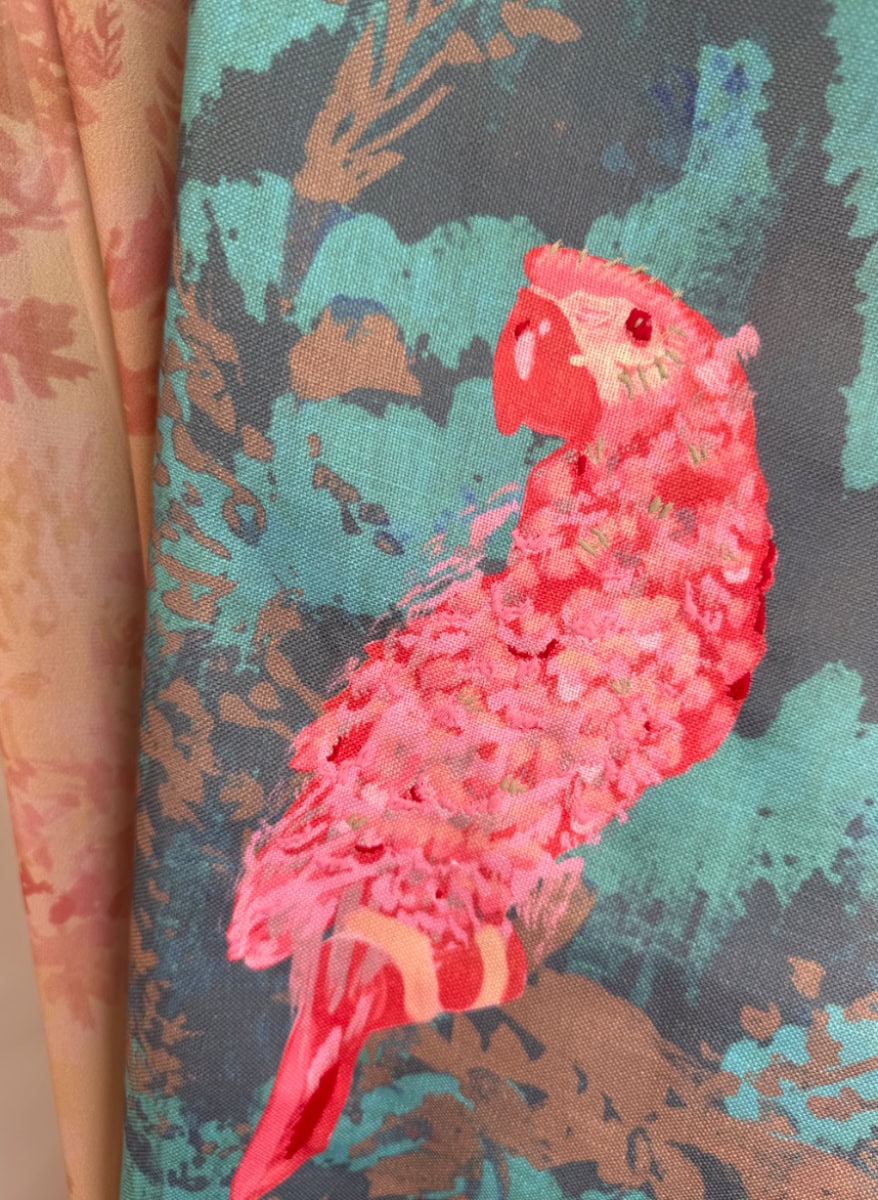Graduating students from top UK institutions showcase the future of textile design
The TEX+ 2025 Awards, an annual celebration of graduating talent from across the UK, brought together an impressive cohort of finalists from institutions including Central Saint Martins, Glasgow School of Art, and the Royal School of Needlework. This year’s winners, selected by a panel of industry figures including trend forecaster Li Edelkoort, Zandra Rhodes, and Orla Kiely, demonstrated not just skill, but intention.
Among the most awarded designers was Beth Lingard of Leeds Arts University, who walked away with three prizes: the Sanderson Art in Industry Prize, The Sahara Prize (including a one-month placement at Sahara Textiles), and The Pattern Cloud Prize. Her work stood out for its commercial potential and polished execution.
Other winners include Central Saint Martins’ Amber Fry, who received both the £1,000 TEX+ Trustees’ Prize for Sustainability & Ethical Practice and the Mary Restieaux Prize, offering mentorship and access to hand-dyed silk yarns. Each prize carried more than just a cash award—they came with connections, feedback, and in several cases, opportunities to work directly with studios and brands.
For many in attendance, the awards weren’t just a celebration, they were a chance to reflect on where textile design is going. “Every year we’re amazed by the depth of talent coming through,” said Jeremy Somers, chair of TEX+. “But the 2025 cohort has truly raised the bar. These designers are not only technically skilled but also tackling some of the most urgent conversations in design today—from sustainability to storytelling, identity to innovation.”
Across the board, this year’s finalists engaged deeply with questions of sustainability, material use, and the role of craft in contemporary design. Rather than simply responding to trends, they are proposing thoughtful, even radical approaches to how textiles are made and what they can mean.
The fashion and textile industry often looks to legacy and longevity, but this event served as a reminder that it also thrives on new voices. Judging by this year’s winners, the next generation is already shaping the future, and they’re doing it with care, precision, and a great amount of vision.
